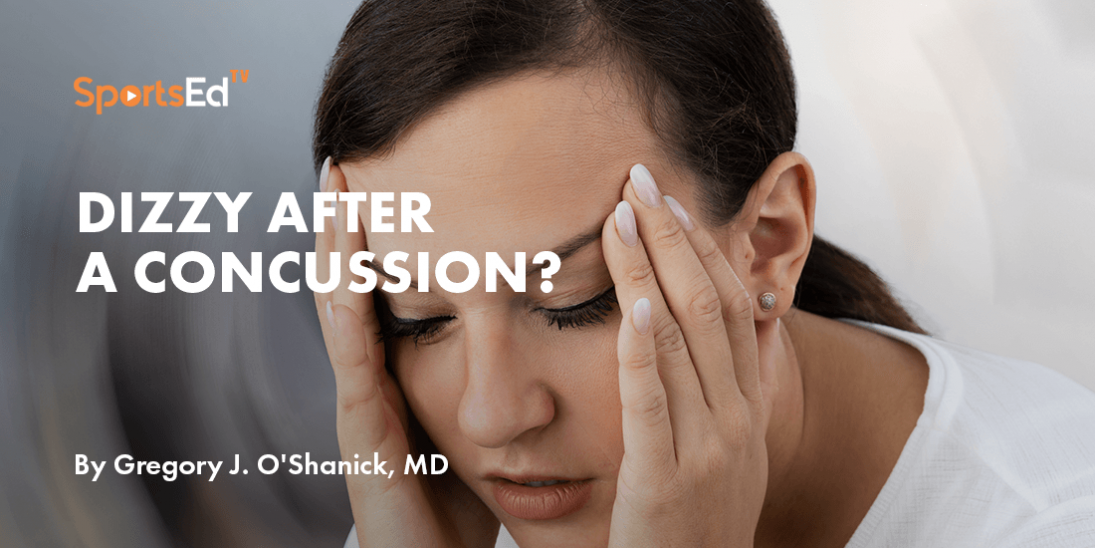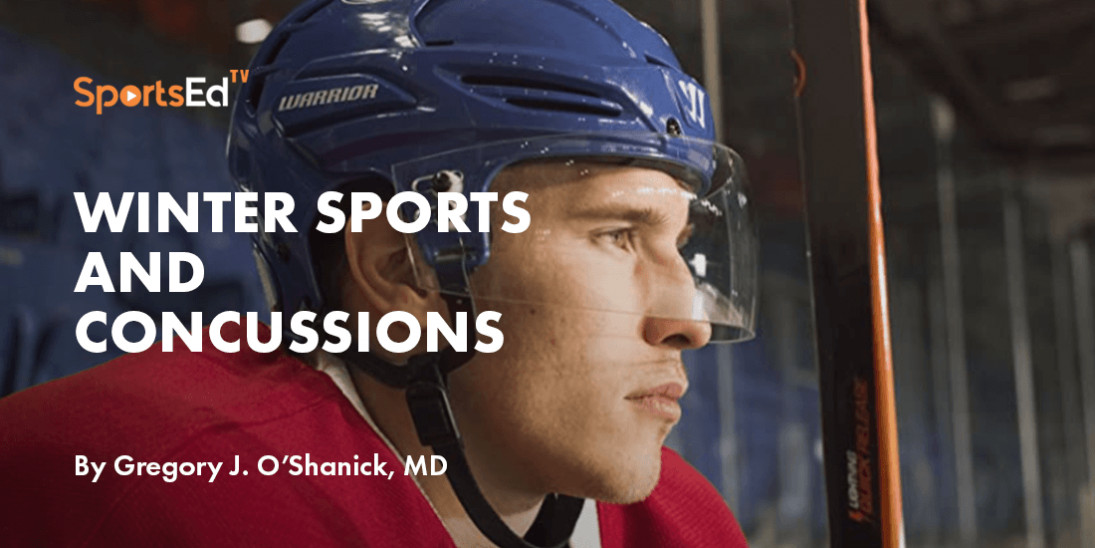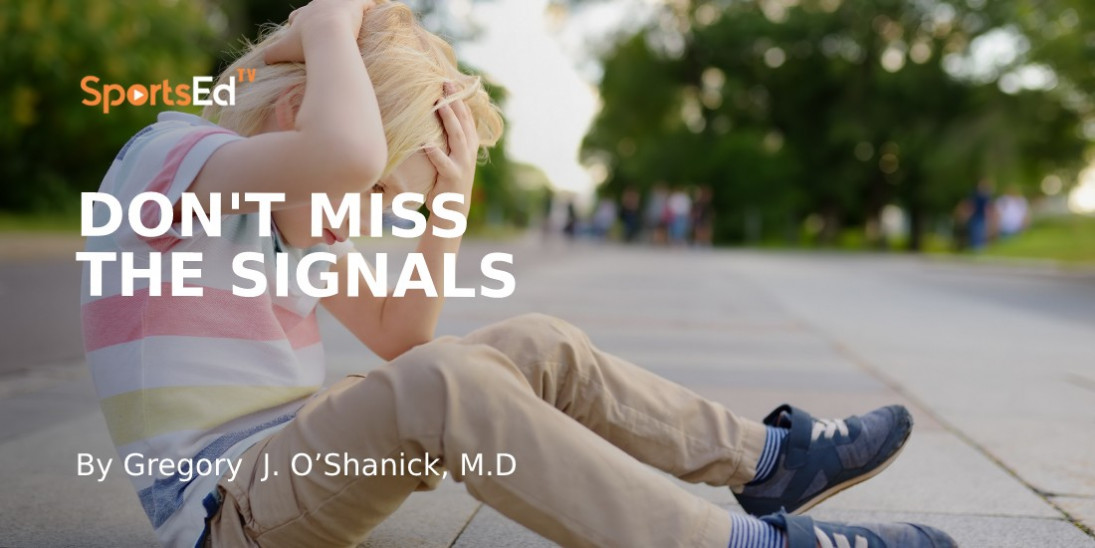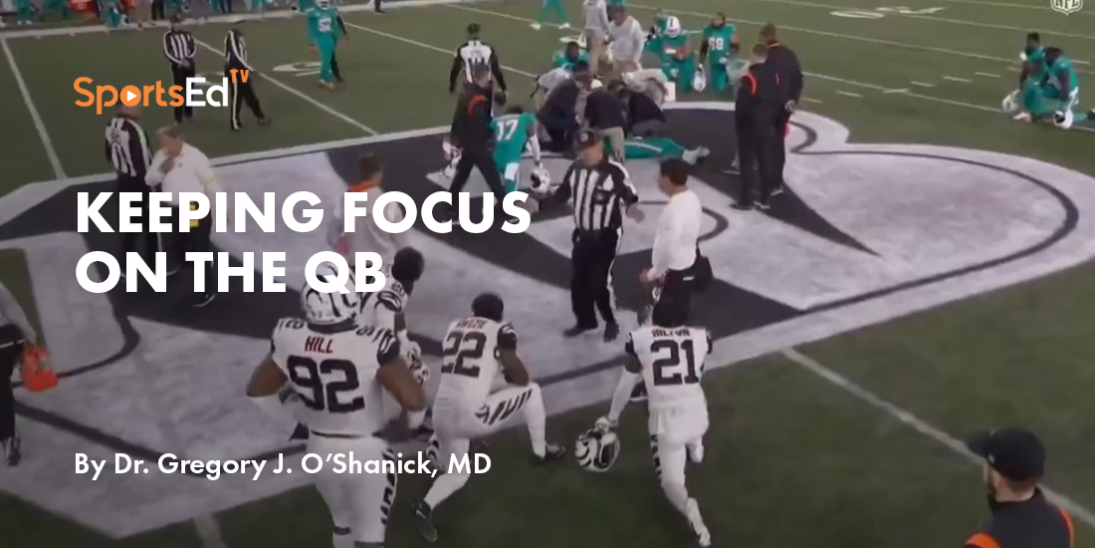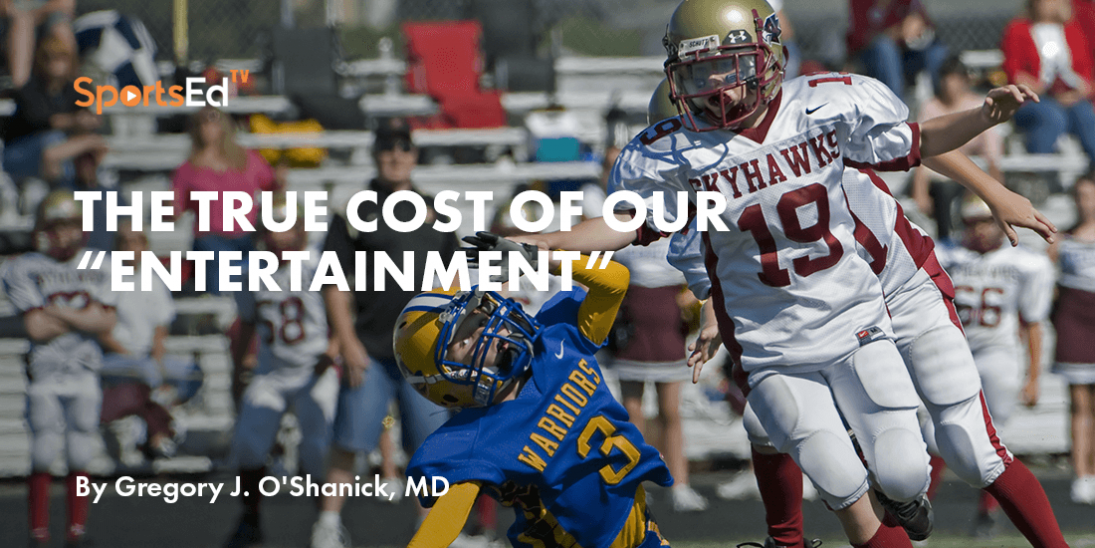Concussion
Welcome and thanks for visiting...

CTE Tragedies Are Avoidable
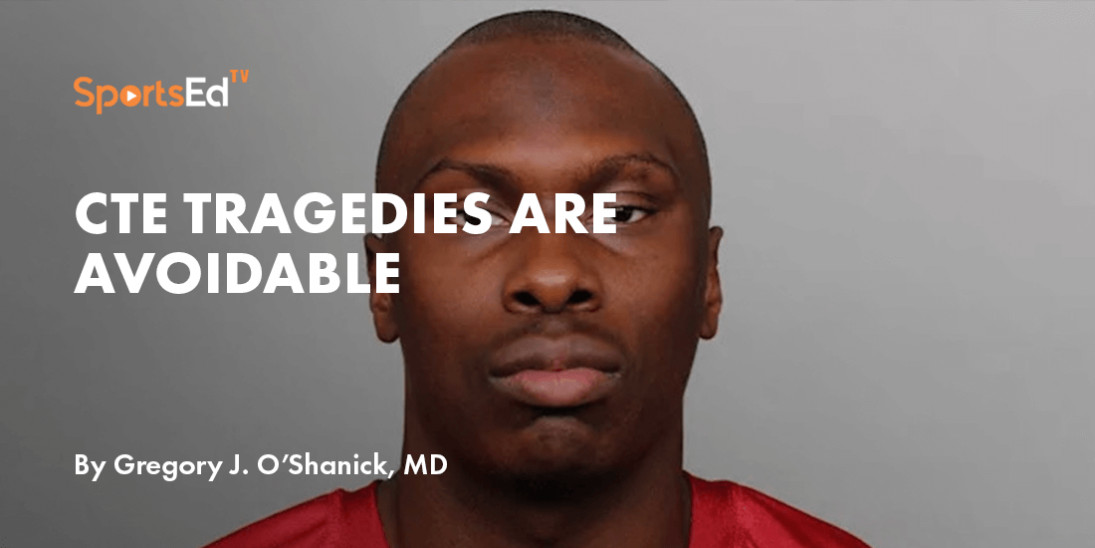
A SportsEdTV Editor’s Choice
The tragedies surrounding the terrifying story of former football star Phillip Adams blew up in national media again recently as autopsy findings became known and seemingly pointed a finger at Adams’ CTE condition as a likely influence.
CTE (Chronic Traumatic Encephalopathy) not an unusual consequence of head impacts sustained in sports is an area of special emphasis in SportsEdTV’s Concussion section.
We asked our leading concussion expert, Senior Contributor Dr. Gregory O’Shanick to add perspective. Dr. O’Shanick is now the Medical Director Emeritus of the Brain Injury Association of America, roles as the founding National Medical Director and Board of Directors Chairman of BIAA.
Dr. O’Shanick’s response:
CTE Tragedies Are Avoidable
By
Gregory J. O’Shanick, MD
The tragic story of Phillip Adams’ violent rampage that took the lives of six people in addition to himself on April 8, 2021, has now been linked to the insidious effects of prolonged exposures to head impacts and concussive injuries.
Autopsy findings demonstrated Stage 2 Chronic Traumatic Encephalopathy (CTE) in the former NFL player's brain which correlated with reports of his becoming increasingly paranoid, reclusive and having memory problems while complaining of severe pain and insomnia.
While a horrific ending to the lives of many innocent people in this tragic event is noteworthy, the occurrence of CTE is not an unusual consequence of a lifetime of head impacts sustained in sports, military service, domestic abuse, or other settings.
What occurred here is indeed a dramatic conclusion to the ravages of CTE. However, more commonly, this progressive loss of brain cell functioning subtly and insidiously robs its victims and their families of their futures as dementia impairs short-term memory, planning, mood regulation, and impulse control.
A generation of sports legends has experienced these changes that have been publicized by the deaths of Mike Webster, Junior Seau, and Ray Easterling to name a few.
To be clear, CTE can occur in non-professional athletes and autopsy evidence has been found in college and high school players. Efforts to reduce early (before age 14) and frequent (non-game) exposures to subconcussive and concussive injuries have been central to the prevention directives in contact sports.
Unfortunately, the lack of uniform mandatory training and supervision of volunteer coaching staff continues to put young brains at risk needlessly.

